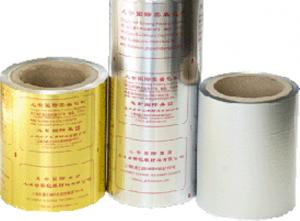Aluminum wire is an essential component in various electrical applications, and choosing the right size is crucial for the performance and safety of your projects. In this article, we’ll explore the world of aluminum wire sizing, from the common 4/0 gauge to the lesser-known 2-2-2-4 configuration and beyond. We’ll dive into the factors that influence wire size selection, the benefits of using aluminum, and some practical tips for working with this versatile material.
Why Size Matters
Wire size, or gauge, is a critical factor in determining the current-carrying capacity of a wire. It affects the efficiency of your electrical system and can impact the safety of your installation. A wire that’s too small may overheat and cause a fire, while a wire that’s too large can be wasteful and expensive.
The Aluminum Advantage
Aluminum wire has several advantages over copper wire, its primary competitor in the market. It’s lighter, more affordable, and has a lower electrical resistance. However, it also has a higher resistance to corrosion, making it suitable for outdoor applications and areas with high humidity.
Understanding Gauges: 4/0 to 2-2-2-4
The wire gauge system can be confusing at first, but it’s essential to grasp the basics. The American Wire Gauge (AWG) system is the most widely used standard for wire sizing. The lower the number, the thicker the wire. For example, 4/0 is much thicker than 1/0.
When it comes to aluminum wire, the 4/0 gauge is a popular choice for heavy-duty applications due to its high current-carrying capacity. But what about the 2-2-2-4 configuration? This unique arrangement is used in certain specialized applications where specific wire lengths and types are required. It’s not as common, but it’s worth understanding if you’re working on a complex project.
Factors Influencing Wire Size Selection
Several factors influence the choice of wire size, including the distance the wire needs to cover, the voltage of the system, and the maximum current the wire should carry. It’s also important to consider the ambient temperature and the type of insulation used on the wire.
Practical Tips for Working with Aluminum Wire
Working with aluminum wire can be a bit tricky due to its properties. Here are some practical tips to keep in mind:
– Always use the correct tools for cutting and stripping aluminum wire to avoid damaging it.
– When connecting aluminum wires, make sure to use the appropriate connectors and follow the proper techniques to ensure a secure connection.
– Be cautious of the potential for galvanic corrosion when connecting aluminum wires to dissimilar metals.
– Regularly inspect aluminum wire installations for signs of wear or damage and replace them as needed.
Going Beyond the Basics
While the 4/0 and 2-2-2-4 configurations are common, there are many other wire sizes available for specific applications. As you delve deeper into your electrical projects, you may encounter a variety of wire gauges that cater to unique requirements.
The Future of Aluminum Wire Sizing
As technology advances, so does the need for more efficient and versatile wire sizing options. The future of aluminum wire sizing may include new materials, innovative designs, and improved manufacturing processes to meet the evolving demands of electrical systems.
Conclusion
Aluminum wire sizing is a complex topic, but understanding the basics can help you make informed decisions for your electrical projects. Whether you’re working with the common 4/0 gauge or exploring the more specialized 2-2-2-4 configuration, knowing your wire sizes is key to ensuring the safety, efficiency, and longevity of your electrical system. So, the next time you’re faced with choosing the right aluminum wire, remember the factors that influence your decision and trust your instincts – your project will thank you for it.

